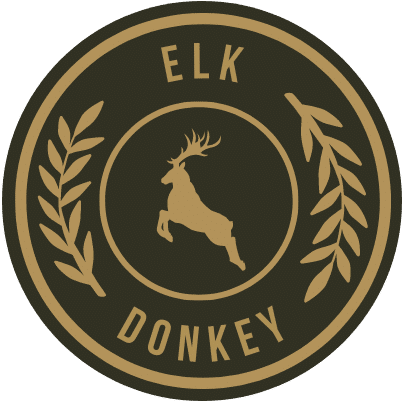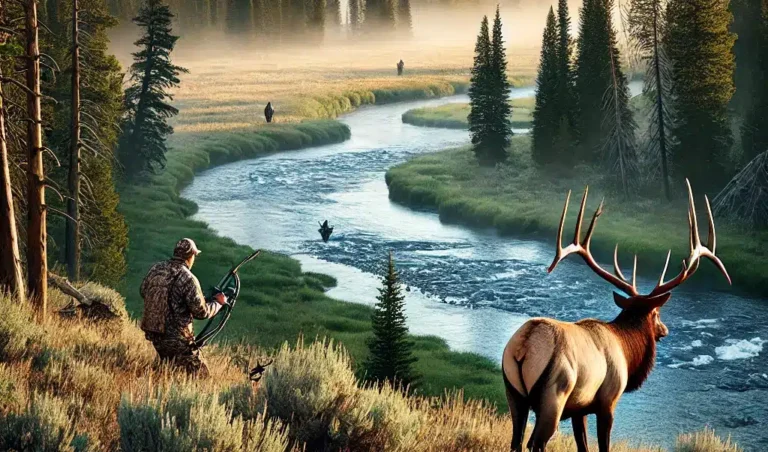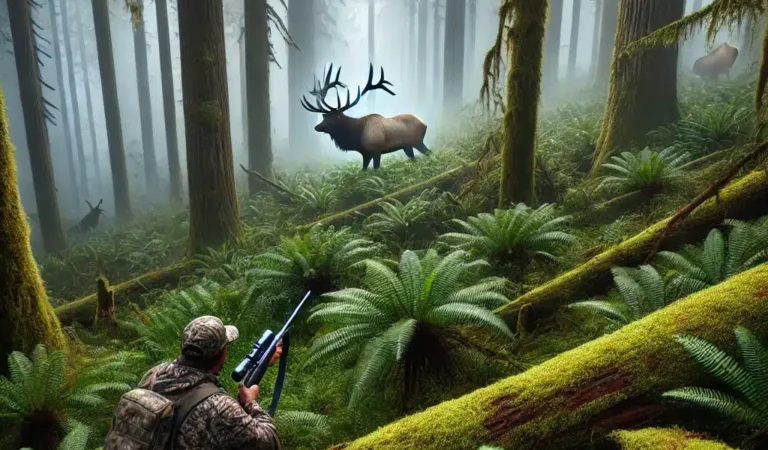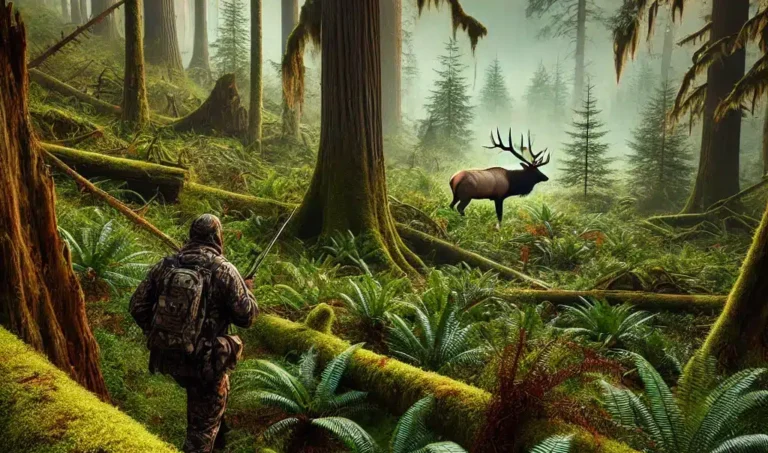Camouflage Tips for Elk Hunting – 5 Powerful Strategies
Elk hunting is a challenging and thrilling pursuit that requires stealth, skill, and effective camouflage. When blending in with the environment, camouflage is crucial in ensuring success. Let’s discuss further some camouflage tips for elk hunting.

If you’ve ever had a bull elk bust you at 200 yards without making a sound, you know just how incredible their senses are. These majestic creatures have some of the sharpest eyes in the woods, and getting close enough for a shot requires more than just throwing on any old camo pattern. Let’s dive into what really works for fooling elk’s keen senses.
Why Elk Are So Hard to Fool
Think of elk as nature’s surveillance cameras. They come equipped with:
- Nearly 280-degree field of vision
- The ability to spot movement from half a mile away
- Two-color vision optimized for detecting anything out of place
- A sense of smell 10,000 times stronger than humans
This means that successful camouflage isn’t just about looking like a bush – it’s about becoming invisible to all of their senses.
The Science Behind Elk Vision
Unlike humans, elk see the world differently:
- They only have blue and yellow cone receptors in their eyes
- This means they’re less sensitive to reds and greens
- However, they’re experts at detecting movement and breaking patterns
- Their large eyes give them incredible peripheral vision
What this means for hunters: Avoid blue colors at all costs (they see it vividly), and focus on breaking up your outline rather than matching exact colors.
Choosing the Right Camo Pattern
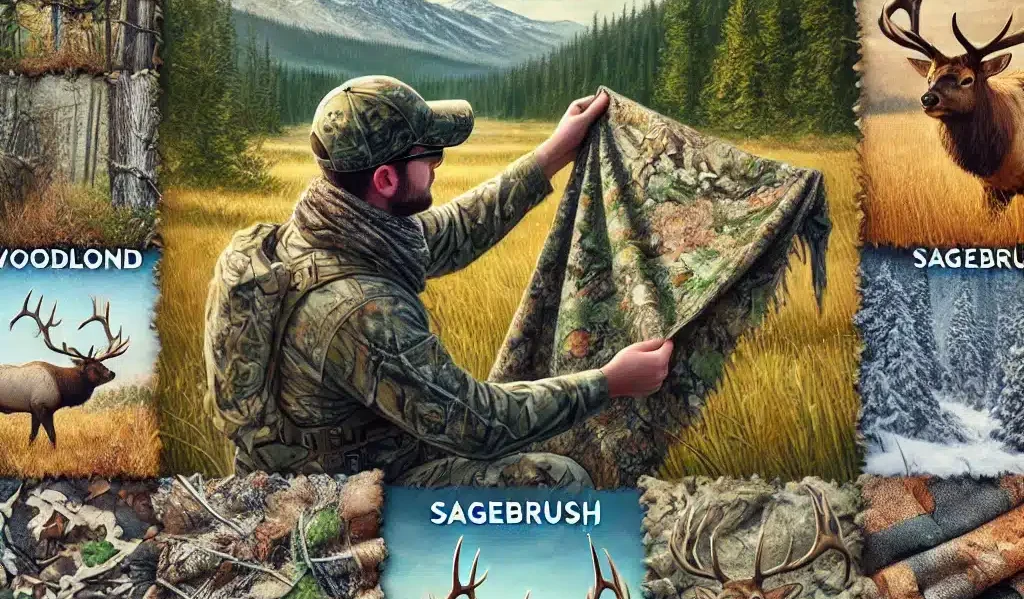
Your camo choice should be based on three factors:
1. Seasonal Changes
- Early Season: Lighter patterns with more green
- Mid Season: Mixed patterns with browns and yellows
- Late Season: Darker patterns with grays and browns
2. Terrain Type
- Timber: Dark, vertical patterns that mimic tree bark
- Open Country: Lighter patterns with broad shapes
- Mixed Areas: Multi-depth patterns that work at various ranges
3. Hunting Style
- Spot and Stalk: Detailed, terrain-specific patterns
- Tree Stand: Vertical patterns matching bark
- Ground Blind: Darker patterns for inside shadow
The Three-Layer System for Perfect Concealment
Base Layer
- Moisture-wicking materials (merino wool or synthetic)
- Built-in scent control technology
- Neutral colors in case outer layers shift
- Snug fit to prevent bunching
Mid Layer
- Silent materials that don’t swish
- Insulation appropriate for your climate
- Breathable fabric to prevent sweating
- Quick-drying properties
Outer Layer
- It matches your hunting environment
- Weather-appropriate protection
- Durable enough for stalking
- Multiple texture patterns to break up your outline
Advanced Concealment Techniques

- Attach local vegetation to your outfit
- Use natural blinds and cover
- Create temporary brush blinds
- Learn to use shadows effectively
Movement Control
- Master the art of slow movement
- Practice “freeze and flow” technique
- Learn to plan your routes
- Use natural barriers when moving
Scent Control: The Hidden Dimension of Camouflage
Before the Hunt
- Wash all gear in scent-free soap
- Store clothing in scent-proof containers
- Use ozone treatment on equipment
- Take scent-free showers with specialized soap
During the Hunt
- Play the wind constantly
- Use scent-elimination spray regularly
- Carry natural cover scents
- Change base layers if you sweat
Advanced Gear Considerations

Natural Camouflage Enhancement
Face and Hand Concealment
- Full face masks or paint
- Camouflage gloves with a grip
- Neutral-colored releases and calls
- Hidden neck gaiters
Weapon Camouflage
- Wrap or paint your weapon
- Use silent slings
- Camouflage your optics
- Consider matte finishes
Practical Tips for Success
- Scout your area before choosing camo
- Practice your setup at home
- Take photos to test your concealment
- Always carry backup gear
When Things Go Wrong
Common mistakes and fixes
- Forgetting about shadows
- Ignoring scent control
- Using the wrong pattern for the season
- Moving too quickly
Final Thoughts
Effective elk hunting camouflage is about creating a complete system, not just wearing the right pattern. Focus on:
- Breaking up your outline
- Controlling your scent
- Managing movement
- Adapting to conditions
